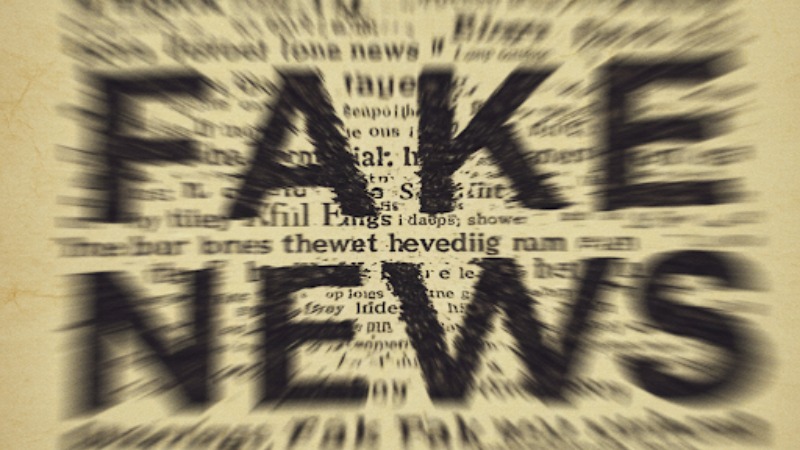India Blocks 16 YouTube Channels and a Facebook Account for Spreading Disinformation
In a decisive move to combat the spread of misinformation and fake news, the Indian Ministry of Information and Broadcasting (MIB) invoked its emergency powers under the Information Technology (IT) Rules, 2021, to block 16 YouTube channels and a Facebook account. The blocked entities, comprising ten India-based and six Pakistan-based YouTube channels, along with a single Facebook account, collectively boasted a viewership exceeding 680 million. The MIB’s action stemmed from concerns that these platforms were being exploited to disseminate false narratives pertaining to national security, foreign relations, communal harmony, and public order. Crucially, none of the targeted digital news publishers had complied with the mandatory information disclosure requirements stipulated under Rule 18 of the IT Rules, 2021.
The content disseminated by several of the India-based YouTube channels was found to be particularly inflammatory, labeling a specific community as "terrorists" and inciting hatred among various religious groups. This type of divisive content posed a significant threat to communal harmony and public order, prompting immediate action. Furthermore, several Indian channels were flagged for publishing unverified news and videos with the potential to incite panic among the populace. Examples included false claims about a nationwide COVID-19 lockdown, causing undue alarm among migrant workers, and fabricated allegations of threats against specific religious communities. Such irresponsible reporting was deemed detrimental to public order.
The Pakistan-based YouTube channels operated in a coordinated manner to propagate false information about India, targeting sensitive areas like the Indian Army, Jammu and Kashmir, and India’s foreign relations, particularly in the context of the Ukraine conflict. These channels consistently peddled demonstrably false and misleading narratives, endangering national security, sovereignty, integrity, and India’s diplomatic ties with other nations.
The government’s action underscores its commitment to maintaining a secure information environment across all media platforms – print, television, and online. The blocked channels employed sensationalist and misleading thumbnails to attract viewers. Examples included thumbnails like “Germany demands sanction on India,” “Saudi announce to stop oil export to India,” “Turkey destroys India’s S400 defense system,” “Pakistan sinks India’s 90 billion fleet,” “Russia declare to hang On 40 Indian Soldiers In Ukraine,” “America demands Kashmir from India,” and “Consecutive attack on Indian army, 24 states may be separated.” These thumbnails were designed to be provocative and incite anxiety and outrage amongst viewers.
The blocked Indian YouTube channels varied significantly in size and reach. “Saini Education Research” had 5.87 million views and 59,700 subscribers, while “Hindi Mein Dekho” boasted 26.05 million views and 353,000 subscribers. “Technical Yogendra” had 8.02 million views and 290,000 subscribers. “Aaj te news” had 3.25 million views. “BB News” garnered a staggering 161.61 million views, while “Defense News 24×7” had 13.36 million views. “The study time” reached 57.63 million views and 365,000 subscribers. “Latest Update” had 34.37 million views, while “MRF TV LIVE” had 1.96 million views and 26,700 subscribers. “Tahaffuz-E-Deen India” accumulated 109.97 million views and 730,000 subscribers.
The Pakistan-based YouTube channels also exhibited a range in reach. “AjTak Pakistan” had 604,342 views, while “Discover Point” recorded 10.32 million views and 70,600 subscribers. “Reality Checks” had 2.22 million views. “Kaiser Khan” attracted 49.63 million views and 470,000 subscribers, while “The Voice of Asia” gathered 32.44 million views. "Bol Media Bol" amassed 167.63 million views and 1.16 million subscribers. In addition to the YouTube channels, the Facebook account "Tahaffuz E Deen Media Services INDIA" with 23,039 followers was also blocked.
The MIB’s action signals a firm stance against the proliferation of fake news and disinformation. The blocked content highlights the diverse tactics employed to spread misinformation, from inflammatory rhetoric and hate speech to sensationalized reporting and outright fabrication. The government’s proactive approach aims to protect the public interest and ensure a more responsible and accountable online information ecosystem. This incident further emphasizes the ongoing challenge posed by disinformation and the need for continuous vigilance and robust regulatory mechanisms. The scale of the blocked channels’ viewership underscores the potential impact of fake news and the importance of government intervention to safeguard the integrity of information consumed by the public.


